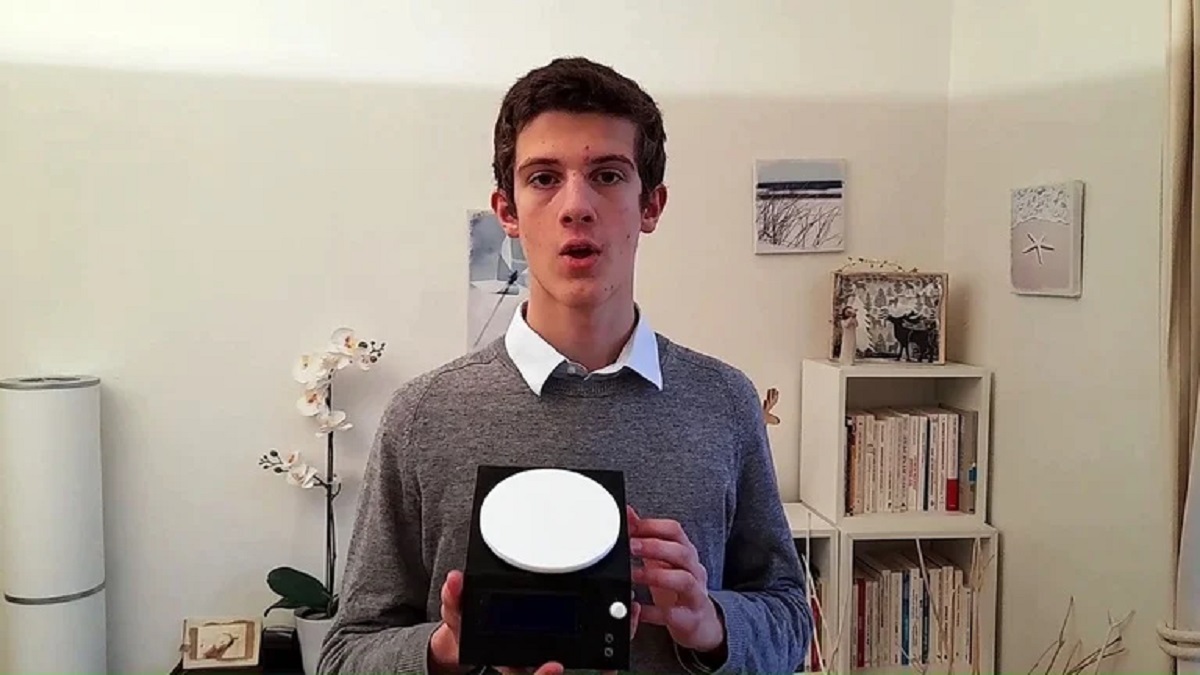A young inventor steps into the spotlight
At just seventeen, a French student has built Moltimetrul, a compact device designed to make chemistry more intuitive. The tool functions like a special balance, translating sample mass into the amount of substance measured in moles.
Rooted in a suburb of Le Pecq in the Yvelines region, the project reflects a blend of curiosity and persistence. It will be showcased at the “Innovez!” competition at the Arts et Métiers Museum in Paris on March 3, an event that highlights youthful ingenuity.
From cardboard models to a lab-ready tool
As a child, the creator was fueled by making and tinkering, crafting intricate vehicles from paper and cardboard. Regular reading of magazines like Sciences et Vie Junior opened doors to contests that reward innovation.
Encouraged by this culture of experimentation, he moved from small-scale inventions to a tool that simplifies real labwork. Each step was framed by a desire to solve annoying problems with clear, usable design.
The problem every chemistry student knows
In class, a standard task kept reappearing: converting grams into moles before running reactions or preparing solutions. The math is not hard, but it is repetitive, and repetition can invite errors.
The natural question followed: why not let a device do the conversion instantly? When told such a tool didn’t exist, he set out to build one that would be both accurate and simple to use.
What the device actually does
Moltimetrul acts as a precise scale paired with a smart converter for molar calculations. You place a sample on the platform, and the device outputs the corresponding number of moles.
Behind the scenes, it links measured mass to molar mass, the bridge between grams and counted entities. The result is a ready-to-use figure that removes a small but persistent bottleneck in everyday chemistry.
Why “measuring moles” matters
The mole is chemistry’s counting unit, turning invisible particles into practical numbers. Without it, balancing reactions and scaling up processes becomes messy and time-consuming for researchers.
By automating a routine step, Moltimetrul offers time savings and fewer mistakes at the bench. It also lowers barriers for learners who find mole calculations tedious or confusing.
A tool built for classrooms and labs
In education, the device can help students focus on concepts rather than rote arithmetic. By giving instant feedback, it reinforces understanding of molar mass and stoichiometry.
In labs, it reduces friction for quick preps and repeat measurements across many samples. That usefulness extends from teaching labs to quality-control benches and small-scale R&D.
Benefits at a glance
- Faster routine prep and fewer small errors
- Clearer links between mass and amount, aiding learning
- Less time spent on tedious conversions during experiments
- A simple interface that helps new users gain confidence
- Portability for shared spaces and field demonstrations
A spark of motivation
Sometimes, the best ideas begin with boredom that turns into curiosity. This project channels that spark into a device with direct, everyday impact.
“Innovation begins where boredom meets curiosity.”
Built on persistence, not luck
Behind the polished prototype lies trial, error, and careful iteration. Components had to be calibrated and housed in a design that felt solid and approachable for students.
Advice from teachers and peers shaped the device’s features and reliability. That feedback loop kept the project grounded in real lab needs and practical constraints.
A competition and a possibility
The “Innovez!” competition offers a public stage and a chance to win a meaningful prize. More importantly, it provides feedback from a broad audience of scientists and makers.
For a young inventor, the event is a launchpad for future projects and collaborations. Whether or not it wins, the device has already proven useful in its core mission.
What could come next
A classroom-oriented version could bundle tutorials and exercises on molar concepts. A lab model might add connectivity for data logging and streamlined reporting.
With more testing, it could become part of a standard kit for teaching modern chemistry. From there, incremental upgrades can keep the tool relevant and widely adopted.
A modest idea with practical value
Moltimetrul does not claim to be a revolution, but it offers clean, focused help. By removing friction at a critical juncture, it frees attention for deeper thinking and better experiments.
In the hands of students and teachers, that simplicity becomes a kind of quiet power. It is a reminder that useful science often starts with a sharp question and a hands-on solution.

